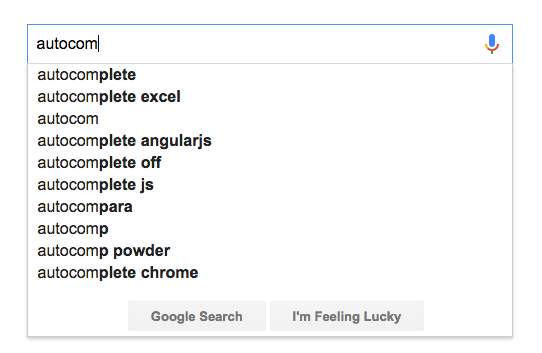
Almost everyone has been on the mobile app or mobile site of a major brand, entered in a pretty obvious search term, and somehow not had the correct (or even any) results returned. It can be very frustrating, especially in those urgent moments when we really need something, and companies are starting to get serious about fixing bad search UXes that impact their bottom line.
What is the internal search engine’s place in a future of UX design as a two-way conversation?
Customers today expect to be able to locate content within a mobile app or mobile site as easily as they search Google. If not, you will lose user engagement, because the bar has been set pretty high. Ideally, your search UX should make it feel like the user is not even searching, but rather interacting naturally with your app. The standard search UX is about to change, and fast.
(Related: Why developers are still struggling with SaaS)
Web search has become less input-dependent and more dialogue-based (for example, using geo-aware search to find the closest Starbucks). However, internal search engines within mobile apps (think e-commerce and media companies) have been slower to capitalize on this movement.
The new user experience is about search becoming seamless and conversational, with interactivity being the rule, especially on mobile. Traditional search with queries and keywords already feels awkward; suggesting results after each keystroke will soon become the norm.
Unifying searching and browsing is the big idea behind where search user experience is headed. A fully responsive search UX will autocomplete answers as users type, with instant results replacing the outdated manual refreshing and returning of pages of links. The end result, fortunately, is that customers will be able to find not only what they are looking for, but also what they should be looking for, faster and easier, making a positive impact on sales.
A lot of this is based on past behavior, meaning the future of internal search UX is going beyond the refinement of previous queries, and into parsing (instead of adding) language. Past behavior refers to both what you searched for a day earlier and what you searched for only an instant ago.
This all sounds great, but the reason why search remains a neglected aspect of mobile UX is because, well, it’s really difficult. Google aside, the business world has been left behind when it comes to feasibly implementing a super-advanced search engine. Realistically, building a decently functioning, let alone a delightful, search engine is highly laborious and complex. However, out-of-the-box tools are making life easier for developers. Although mobile apps have already been a huge asset in the business world, high-functioning search engines will soon make them even more valuable.
Amazon is a good real-world example of how internal search engines (by intelligently using available business metrics) could soon become far more personalized than web search: They have much better data on their users to work with than Google ever could. Thanks to new tools that are coming on the scene, with just a fraction of Amazon’s budget, the average company can now benefit from similar search capabilities and catch up to the big players in web search.






